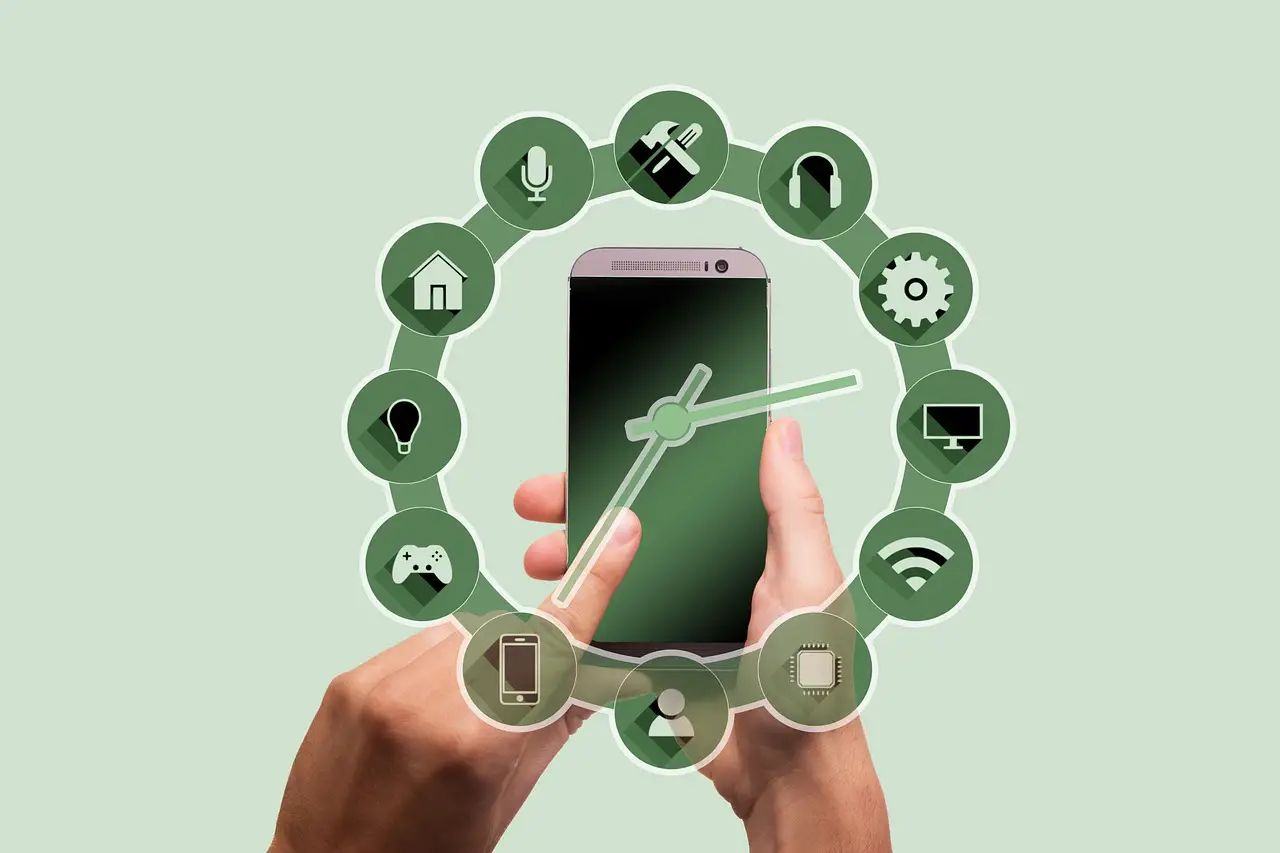As the world of technology continues to advance, integrating home security cameras with smart home systems is becoming an increasingly popular and essential part of creating a truly connected home. In this article, I will dive deep into the world of smart integration, exploring the benefits and providing you with a comprehensive step-by-step guide to seamlessly connect your home security cameras with your smart home system. Let’s get started!
1. Why Integrate Home Security Cameras with Smart Home Systems?
When you integrate your home security cameras with your smart home system, you unlock a variety of benefits that make your life easier and more secure. Here are some of the key advantages:
1.1. Enhanced Security
By integrating your security cameras with your smart home system, you can monitor your home in real-time from anywhere using your smartphone or tablet. This enables you to receive instant notifications if any suspicious activity is detected, allowing you to take immediate action if necessary.
1.2. Improved Convenience
When your security cameras are connected to your smart home system, you can control them using your voice or a single app. This eliminates the need for multiple remote controls and streamlines your home automation experience.
1.3. Energy Efficiency
Integrating your home security cameras with your smart home system allows you to create energy-saving routines. For example, you can set your security cameras to turn off when you’re at home and turn back on when you leave, reducing unnecessary energy consumption.
1.4. Customization
Connecting your security cameras to your smart home system enables you to create custom rules and automation, allowing your devices to work together seamlessly for a tailored experience.
2. Choosing the Right Home Security Cameras and Smart Home System
Before integrating your home security cameras with your smart home system, it’s essential to select the right devices for your needs. Consider the following factors:
2.1. Compatibility
Make sure your security cameras and smart home system are compatible with each other. Look for devices that support popular smart home protocols, such as Zigbee, Z-Wave, or Wi-Fi.
2.2. Features
Choose security cameras and smart home systems that offer the features you need, such as remote access, motion detection, night vision, and two-way audio. Additionally, consider the storage options, video quality, and field of view that best suit your requirements.
2.3. Budget
Determine your budget for both the security cameras and smart home system. While investing in high-quality devices is essential for ensuring reliability and performance, there are affordable options available that still offer a range of useful features.
2.4. Expandability
Select a smart home system that allows you to add more devices in the future. This ensures that your system can grow with your needs, allowing you to incorporate additional security cameras, sensors, or other smart home devices as required.
3. Step-by-Step Guide to Integrating Your Home Security Cameras with Your Smart Home System
Now that you have chosen the right devices, it’s time to integrate your home security cameras with your smart home system. Follow these steps to achieve a seamless connection:
3.1. Plan Your Integration
Begin by planning where you will place your security cameras and how they will connect to your smart home system. Consider the best locations for coverage and ensure that there is a reliable Wi-Fi signal or wired connection available.
3.2. Set Up Your Devices
Install your security cameras according to the manufacturer’s instructions. This may involve mounting them on walls or ceilings, connecting them to power sources, and setting up any necessary wiring.
Next, set up your smart home system by following the provided setup guide. This typically involves installing a hub or base station and connecting it to your home network.
3.3. Connect Your Devices
Once your devices are set up, use your smart home system’s app or interface to add your security cameras to the system. This may involve scanning a QR code, entering a serial number, or following a device-specific pairing process.
3.4. Customize Your Settings
After successfully connecting your security cameras to your smart home system, customize your settings to suit your preferences. This may include adjusting motion detection sensitivity, setting up recording schedules, or creating automation rules and scenes.
3.5. Test Your System
Finally, test your integrated system to ensure everything is working correctly. Check that you can view live video feeds, receive notifications, and control your security cameras using your smart home system’s app or voice commands.
Frequently Asked Questions
Can I integrate my existing security cameras with a smart home system?
This depends on the compatibility of your existing security cameras and the smart home system you choose. If both devices support the same communication protocol, it may be possible to integrate them.
What if my devices are not compatible?
If your security cameras and smart home system are not compatible, consider using a smart home hub or bridge that supports multiple protocols. This can help bridge the gap between incompatible devices and allow them to communicate with each other.
How do I ensure my smart home system is secure?
To keep your smart home system secure, ensure that you use strong, unique passwords for your devices and accounts. Regularly update your devices’ firmware and software, and consider using two-factor authentication for added security.
Conclusion
In my experience, integrating home security cameras with smart home systems offers a range of benefits, including enhanced security, improved convenience, and increased energy efficiency. By carefully selecting the right devices and following our step-by-step guide, you can create a seamlessly connected home that offers both safety and convenience. Start your smart home journey today and experience the benefits of a truly integrated system.


